Gold prices hit new records
Central banks, often referred to as “sharks” in the gold market, have recently sharply reduced their purchases due to escalating prices. However, gold prices have continued to set new records in the first days of September.
Global central banks bought just 10 tonnes of gold net in July, the lowest level compared to previous months, as high prices dampened demand from emerging economies , according to the latest data from the World Gold Council (WGC).
Despite the slowdown, central banks are still net buyers: Kazakhstan added 3 tonnes, Türkiye, China and the Czech Republic each added 2 tonnes. However, Poland, the biggest buyer so far this year with 67 tonnes, has virtually stopped buying since May. Uganda has also started a program to buy domestic gold from artisanal miners for its reserves.
Despite caution from central banks, world gold prices are still booming. After setting a new historical peak on September 1 at 3,508 USD/ounce, gold prices continued to climb in the September 3 session in the Asian market, jumping to 3,540 USD/ounce.
By the evening of September 3 (Vietnam time) on the New York floor, the spot gold price exceeded the threshold of 3,570 USD/ounce, while the December gold futures increased by 37.50 USD to 3,630 USD/ounce. This increase was supported by strong safe-haven demand, as the stock and financial markets entered a period of great volatility in September-October.
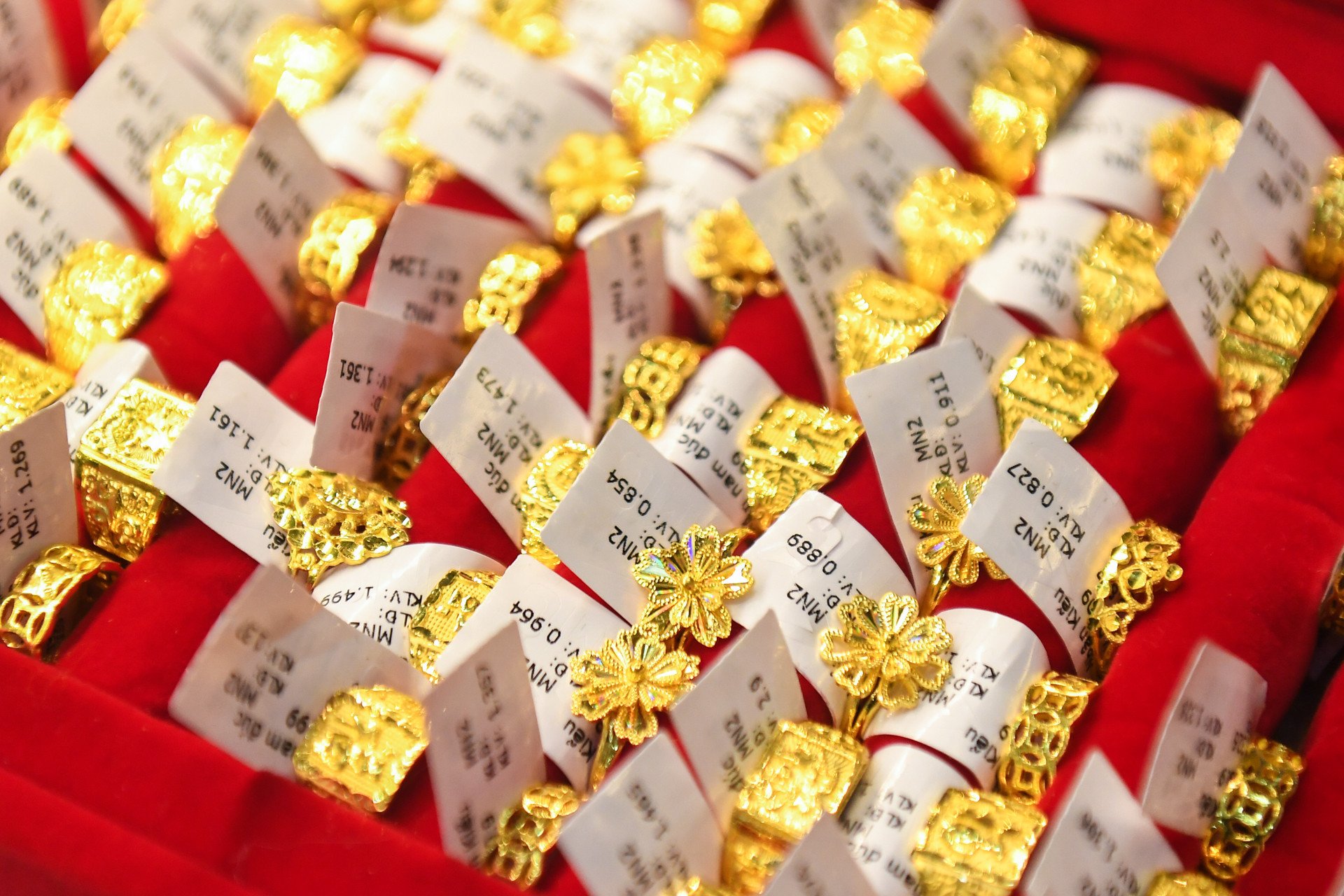
Domestically, gold prices also hit a historic high, closely reflecting developments in the international market. This morning, SJC gold prices continued to increase to VND133.9 million/tael (selling) and VND132.4 million/tael (buying).
The trading session on September 3 (Vietnam time) recorded a shocking increase. The price of 9999 gold bars at SJC and Doji was listed at 131.9-133.4 million VND/tael (buy-sell), an increase of 2.8 million VND compared to before the holiday. The price of 1-5 chi gold rings at SJC reached 125.5-128 million VND/tael, an increase of 3 million VND, while Doji listed 125.8-128.8 million VND/tael.
With the increasing momentum of world prices, the price of SJC gold and gold rings could reach 135 million VND/tael on the morning of September 4.
Some of the main reasons for the sharp increase in gold prices in recent days are concerns that the US Federal Reserve (Fed) will cut interest rates, reducing the attractiveness of bonds and the US dollar, and boosting demand for gold.
Second, safe-haven appeal emerges amid financial turmoil, as global bond yields rise amid inflation and government debt risks.
Third, strong buying came from both emerging central banks and gold ETFs, with SPDR Gold Trust alone increasing its holdings to more than 977 tonnes – a three-year high.
Fourth, the USD has weakened by nearly 10-11% since the beginning of the year, making gold cheaper for foreign investors.
In addition, political tensions in the US, including the Fed’s intervention efforts and tariff disputes, have fueled hedge trading in futures and ETF markets. In addition, speculative flows have surged, with gold contracts on the Comex (US) floor exploding.
New peak ahead?
Gold prices are being pushed up by a perfect combination of macro, geopolitical and market sentiment factors, creating a foundation for a sustainable rally. First of all, expectations of a Fed rate cut are the main driver.
According to the CME FedWatch tool, as of 1 a.m. on September 4 (Vietnam time), the market priced in a 95.5% chance of a 0.25 percentage point cut at the September 17 meeting, with at least two cuts before the end of the year.
Weak jobs data, such as the JOLTS jobs report showing job openings fell to 7.18 million, below expectations of 7.38 million, has increased expectations of a Fed easing, thereby reducing the opportunity cost of holding gold.
The falling US dollar also contributed to the rise in gold prices. The DXY index fell 0.35% to 98 points on the morning of September 4, making gold more attractive.
These factors reinforce gold's safe-haven status amid rising political and trade tensions, such as the US-China trade conflict and US court rulings on illegal tariffs, which have forced businesses to pause or scale back investment plans.
Investors are focusing on the upcoming US employment data, including the ADP and PMI reports. Friday's non-farm payrolls report could determine whether the Fed pushes ahead with monetary easing or remains cautious. If the data is weak, the expectation of deeper cuts could send gold soaring.
Most recent forecasts from organizations suggest that gold prices may rise even higher.
MarketGauge expert Michele Schneider believes that the target of 3,800-4,000 USD/ounce is feasible, with a strong breakout momentum after the consolidation period. JP Morgan forecasts gold prices to reach 3,675 USD/ounce by the end of this year and 4,250 USD/ounce by the end of 2026.
Bert Dohmen from Wellington Letter warns of a shift in money from stocks to gold and predicts gold prices could peak in 2031.
With the loss of confidence in US economic data and the weakening of many cryptocurrencies, including Bitcoin, gold is seen as a real "safe haven".
Eliminating the gold bar monopoly takes time to take effect.
Sharing with VietNamNet reporter , Associate Professor Dr. Nguyen Huu Huan (Ho Chi Minh City University of Economics) assessed that eliminating the monopoly on gold bars is an important step to break the monopoly, creating conditions for more units to participate and the market to have more supply.
However, the question is whether any business is interested in participating in the production of gold bars, when the profit margin from gold bars is only a few percent, while jewelry gold can be up to more than 20%.
“Eliminating monopoly is necessary, but not enough. To stabilize the gold market, there must be more synchronous solutions, especially solving the root cause of the gold supply problem,” Mr. Huan emphasized.
Importing gold is a solution, but according to Mr. Huan, this is not a feasible option at this time. The reason is that foreign currency reserves need to be prioritized for more urgent issues, especially stabilizing the exchange rate.
Instead, Vietnam needs to develop gold exchanges in the international financial centers that are being prepared to be built. Gold exchanges will help reduce speculation by shifting trading activities from physical gold to financial transactions, thereby limiting the need to hold real gold.
Regarding the gold price outlook, he said that the domestic price trend still depends on the world. Allowing more businesses to import gold will only help narrow the gap between domestic and international gold prices, but it will be difficult to reverse the upward trend if world prices continue to rise.
Gold expert Tran Duy Phuong noted that Decree No. 232 of the Government will take effect in more than a month. It can be predicted that this is the process to prepare for the birth of a detailed guiding circular, and also the time for relevant units to have necessary calculations and preparations.
According to this expert, only when businesses can import raw gold, produce gold and increase supply to the market, will the gold market be clearly impacted and truly "cool down".
Source: https://vietnamnet.vn/gia-vang-tang-manh-dinh-moi-o-phia-truoc-bo-doc-quyen-van-chua-som-ha-nhiet-2439004.html



![[Photo] Prime Minister Pham Minh Chinh receives United Nations Secretary-General Antonio Guterres](https://vphoto.vietnam.vn/thumb/1200x675/vietnam/resource/IMAGE/2025/10/25/1761390212729_dsc-1484-jpg.webp)
![[Photo] National Assembly Chairman Tran Thanh Man receives United Nations Secretary-General Antonio Guterres](https://vphoto.vietnam.vn/thumb/1200x675/vietnam/resource/IMAGE/2025/10/25/1761390815792_ctqh-jpg.webp)
![[Photo] Prime Minister Pham Minh Chinh and United Nations Secretary-General Antonio Guterres attend the Press Conference of the Hanoi Convention Signing Ceremony](https://vphoto.vietnam.vn/thumb/1200x675/vietnam/resource/IMAGE/2025/10/25/1761391413866_conguoctt-jpg.webp)


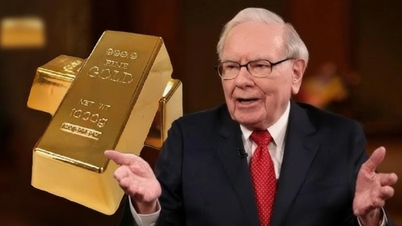

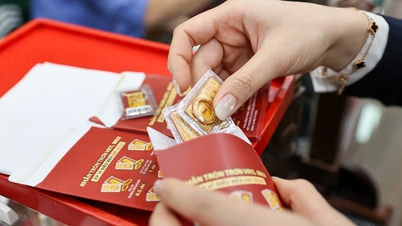
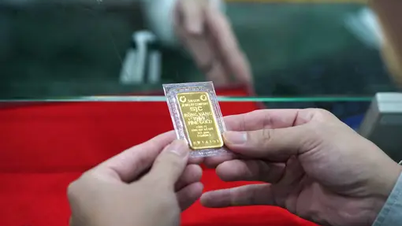

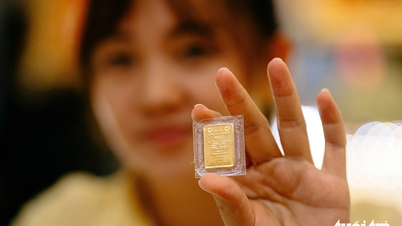








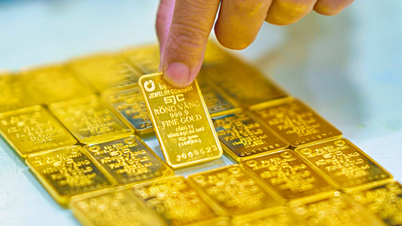







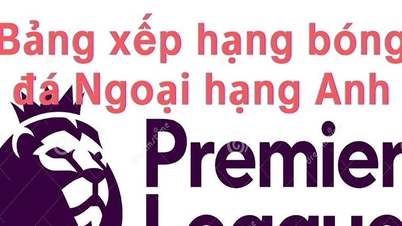




![[Photo] General Secretary To Lam meets with General Secretary and President of Laos Thongloun Sisoulith](https://vphoto.vietnam.vn/thumb/1200x675/vietnam/resource/IMAGE/2025/10/25/1761380913135_a1-bnd-4751-1374-7632-jpg.webp)












































































Comment (0)